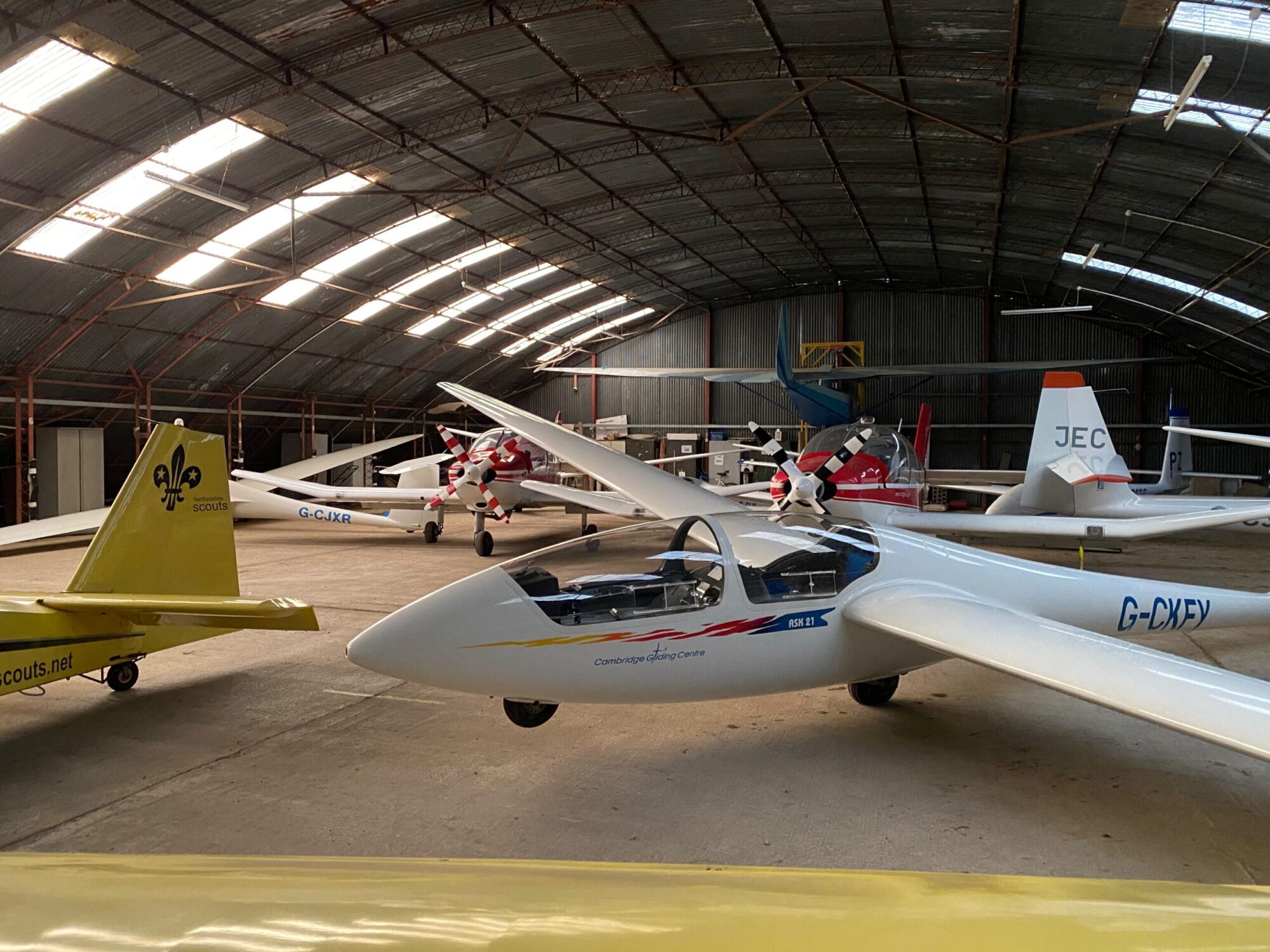The Cambridge Gliding Centre boasts one of the finest and most diverse fleets of aircraft nationwide, offering members the flexibility to book any aircraft within their qualification range. This expansive fleet ensures comprehensive training opportunities for members at every stage of their journey. Whether seeking to learn, progress, or simply revel in the joy of flying, there’s consistently ample availability across a variety of gliders.
Each aircraft in our fleet undergoes a meticulous annual maintenance regimen throughout the winter months to ensure peak condition and readiness for the summer flying season. This rigorous process culminates in obtaining the Certificate of Airworthiness (C of A), ensuring the highest standards of safety and reliability for our members’ aerial pursuits.
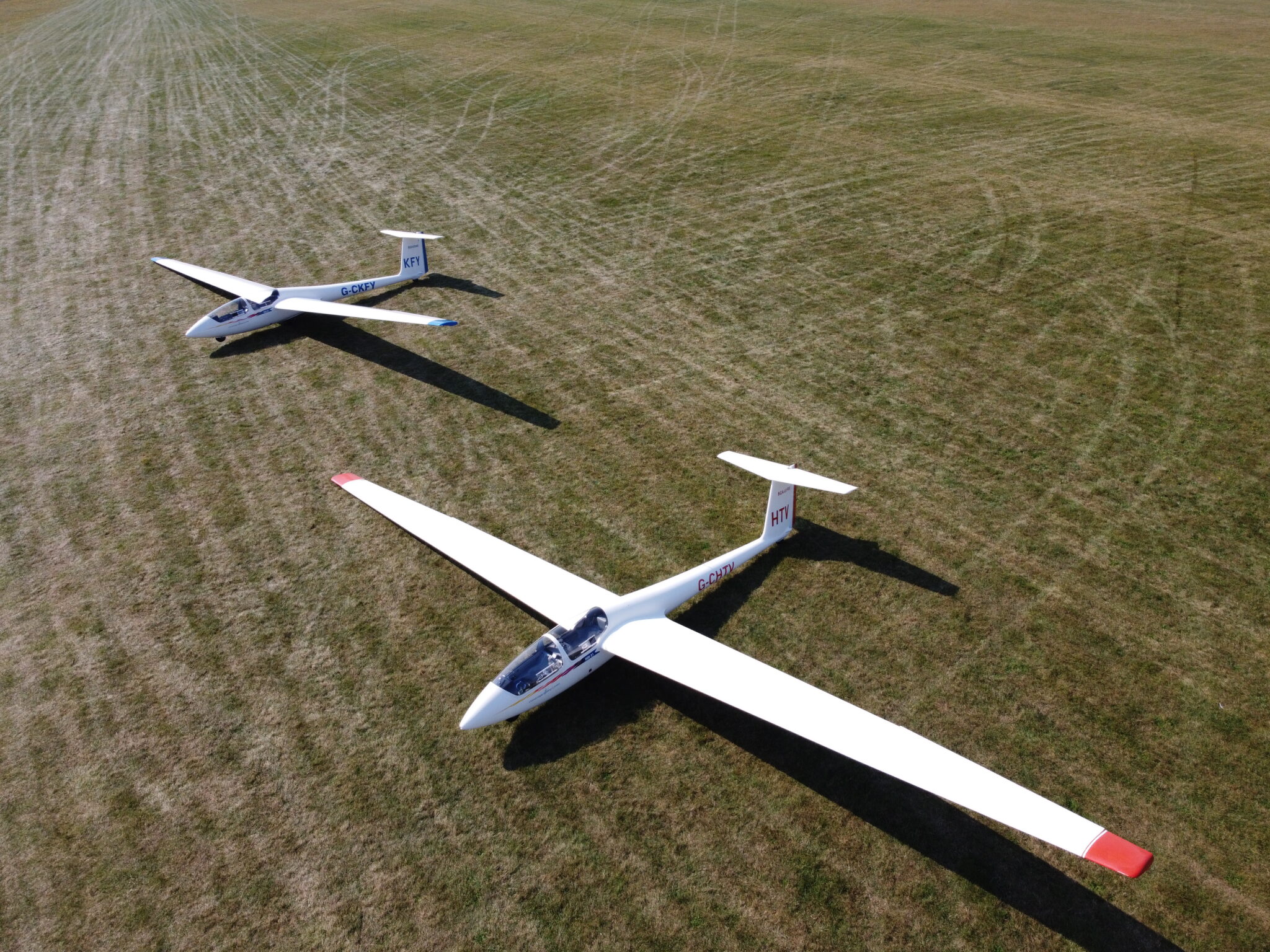
Schleicher ASK 21
The club’s two K21 Gliders are the mainstay of the training fleet at Cambridge Gliding Centre, almost all pilots here will do a significant amount of their training in them. They’re incredibly capable and also very forgiving so make excellent training aircraft.
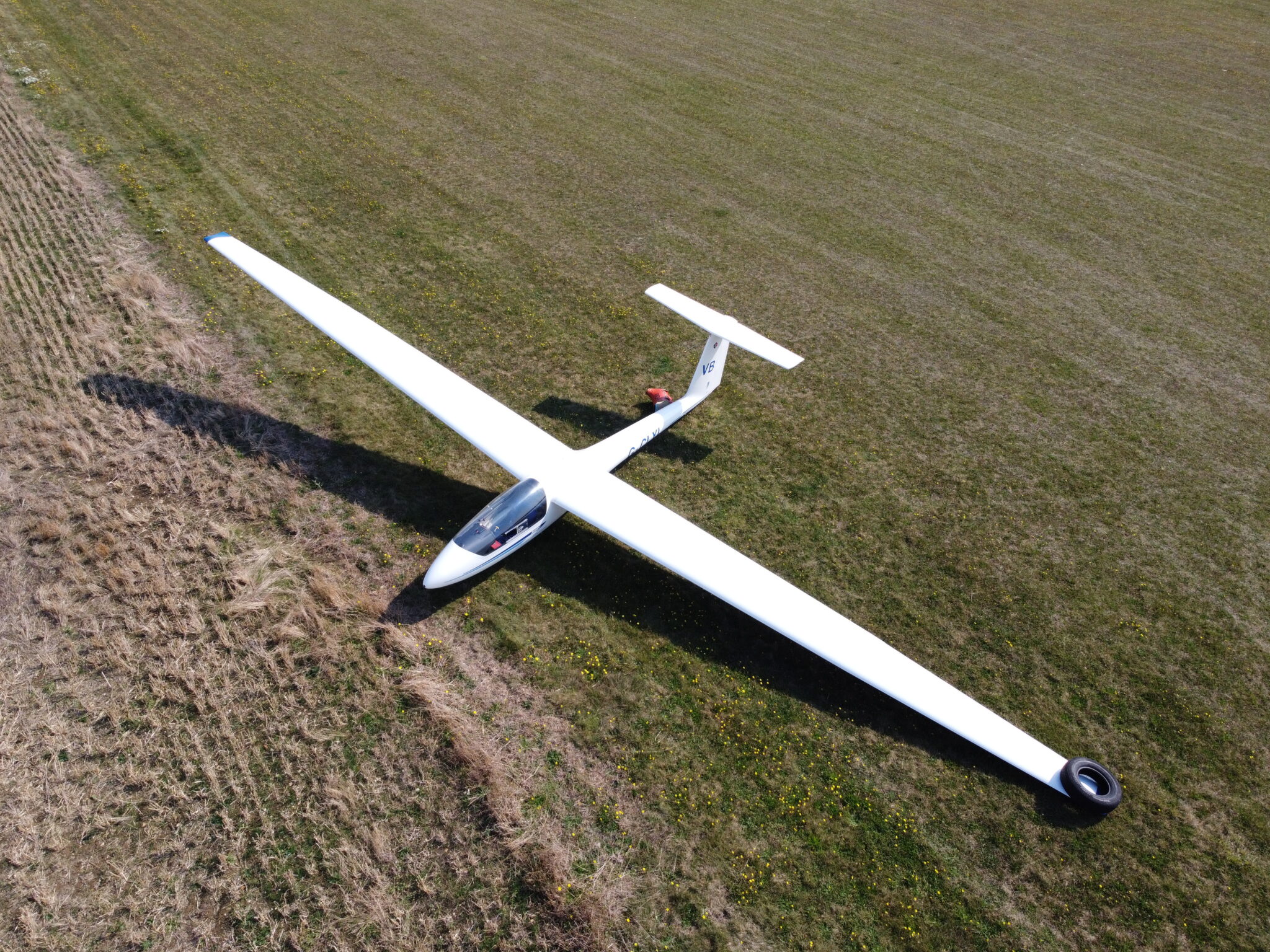
SZD Junior
The club has two Juniors, Victor Bravo (VB) and Hotel Delta Uniform (HDU), and they are a much loved part of the fleet. They make a great first step into single seat gliders moving on from the K21’s with generally similar feel but improved performance. They soar well and are also capable of loops and spins.
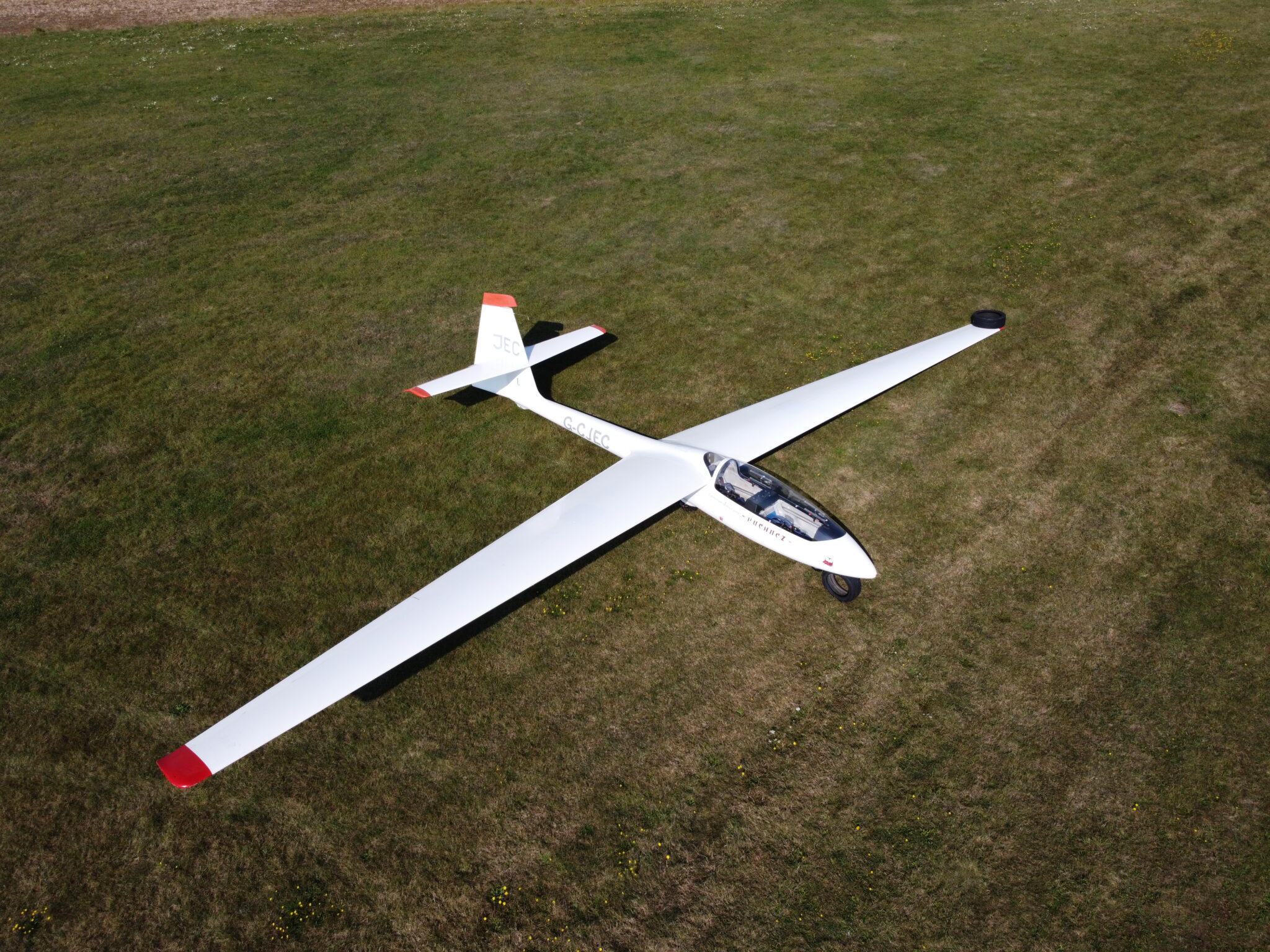
PZL Bielsko SZD-50 Puchacz
The Puchacz, Juliet Echo Charlie (JEC) is a Polish glider which the club uses as part of the training program to primarily to teach spins, and spin recovery, something this glider does very well. It’s an important part of all glider pilots training, something most pilots look forward to, so you spend a fair amount of time flying the ‘Eagle Owl’.
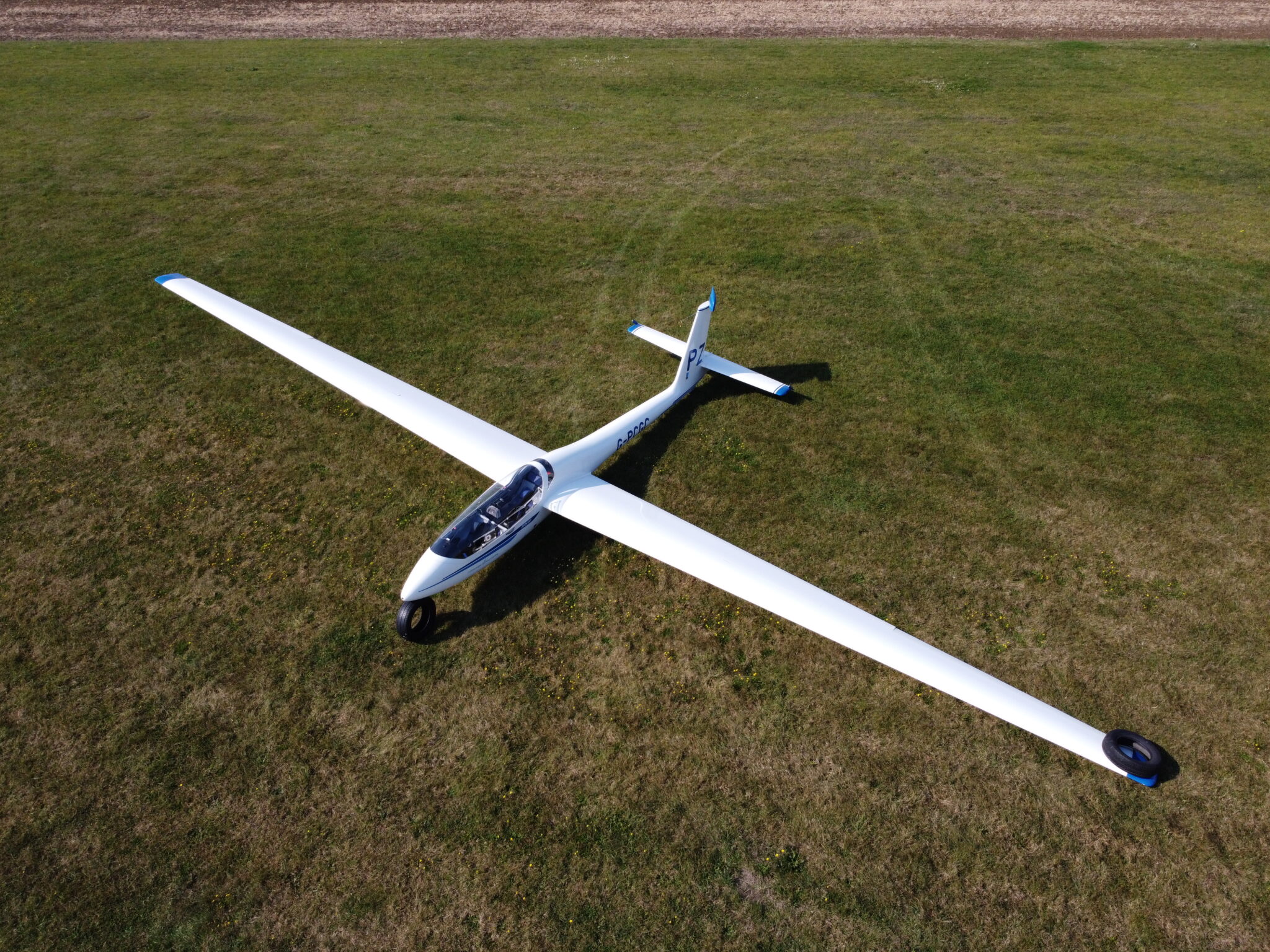
SZD-54-2 Perkoz
Another Polish glider is the Perkoz (Grebe), Papa Zulu (PZ) is the most recent addition to the fleet and is an exceptionally versatile aircraft for the club which can be flown with or without extended winglets. With winglets it is an excellent cross-country training aircraft.
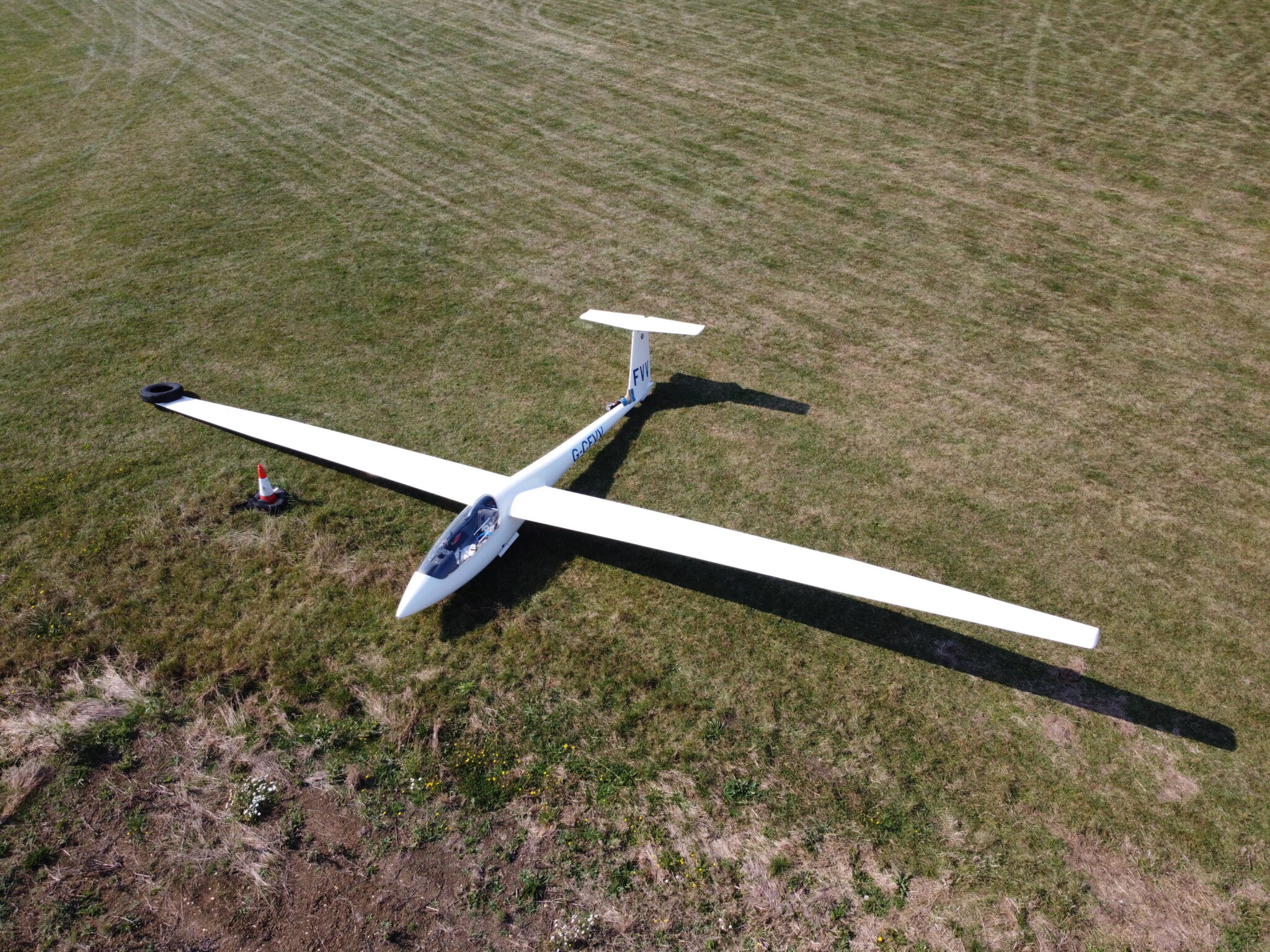
Centrair Pegase
The Pegase, Foxtrot Victor Victor (FVV) is a French built standard class glider and one of the club’s high performance single seat gliders. It features retractable undercarriage and is liked for its smooth ride and spacious cockpit.
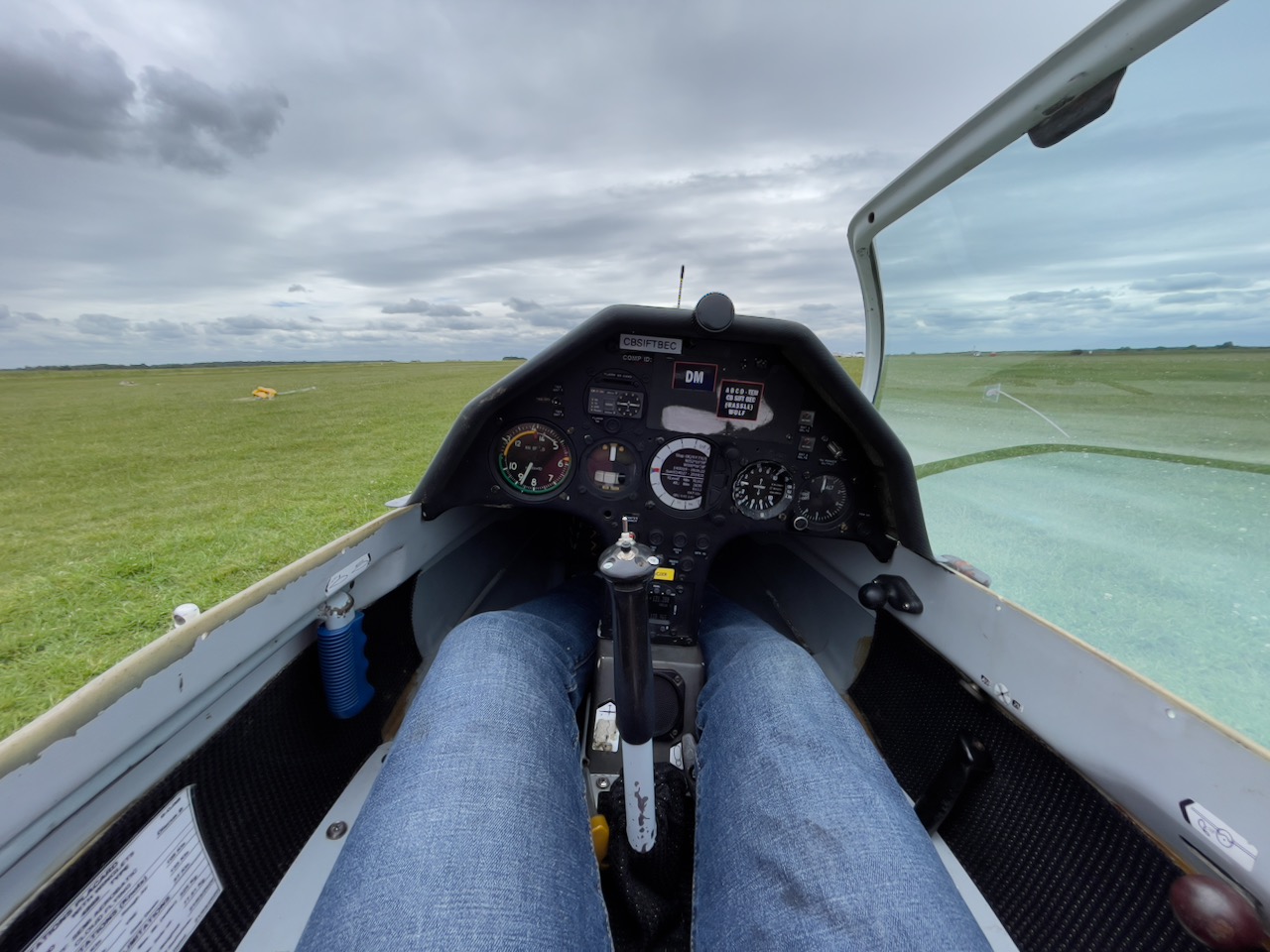
Schempp-Hirth Discus
With its distinctive swept leading edge wings, the Discus, Delta Mike (DM) has the highest performance of the club’s gliders and is a popular choice for pilots wanting to compete or just go cross-country. It’s a very responsive glider, loved by all that fly it.
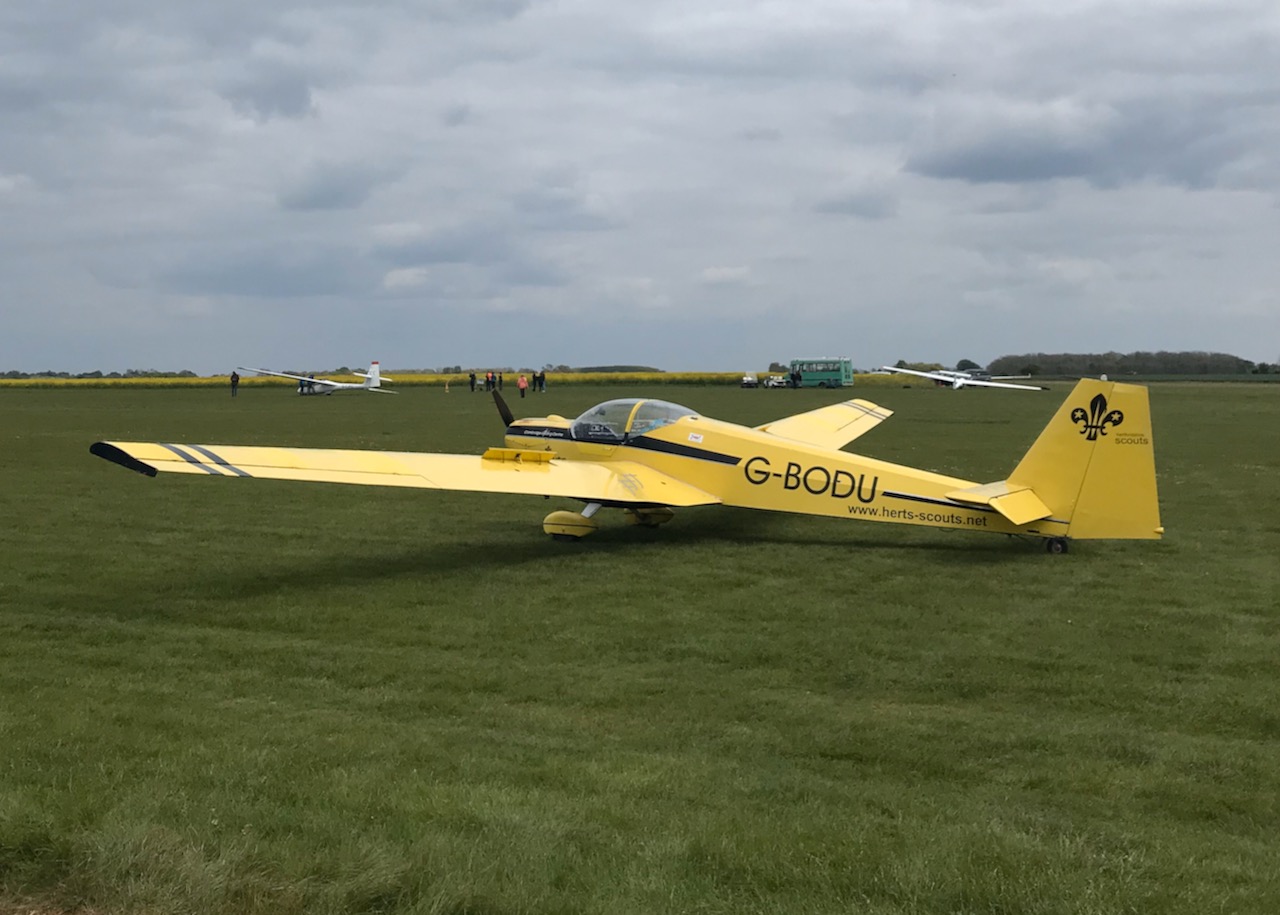
Scheibe Falke
The Falke (Falcon) is a German touring motor glider (TMG) capable of both powered and unpowered flight, offering pilots the flexibility to soar on thermals or extend their journeys with the engine.
The Falke is popular among recreational pilots and flying clubs for its ease of handling, good visibility from the cockpit, and enjoyable flying characteristics. It is used for some instructional purposes and just for enjoyment for those qualified to fly it.
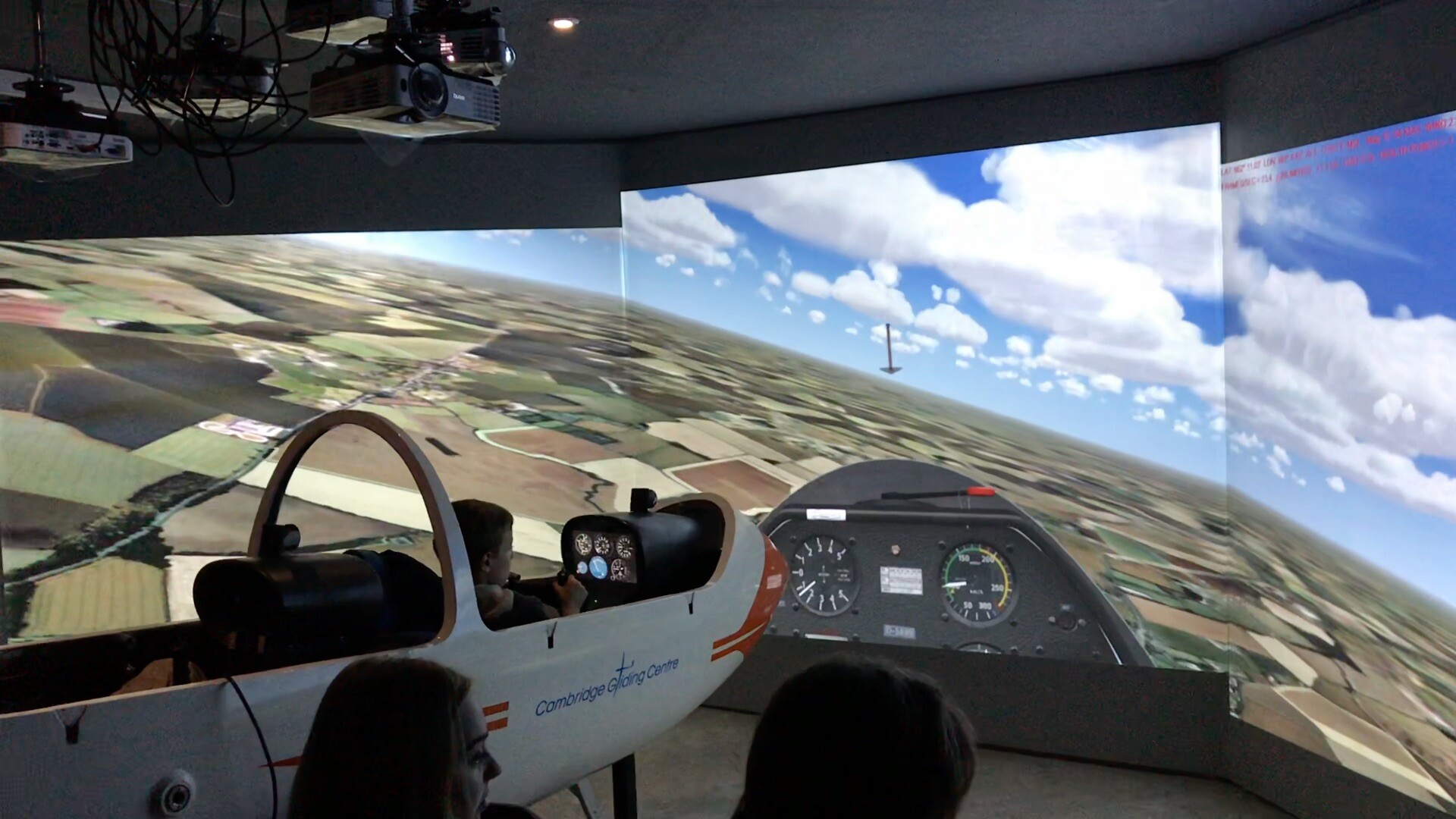
Mintel Simulator
Various types of gliding simulators share common features, regardless of their specific design. Typically, these simulators feature a cockpit modeled after a real glider, providing an immersive experience. Just as in a real glider, control inputs are executed using a combination of stick and rudder.
Moreover, a visual display system enhances the realism of the simulation, offering pilots a glimpse of what they would observe during an actual gliding experience. This combination of realistic cockpit design, intuitive controls, and immersive visual feedback contributes to the effectiveness and enjoyment of glider simulation training.
For those who are still too young to fly, the simulator presents an opportunity to experience the thrill and challenges of gliding in a safe and controlled environment.
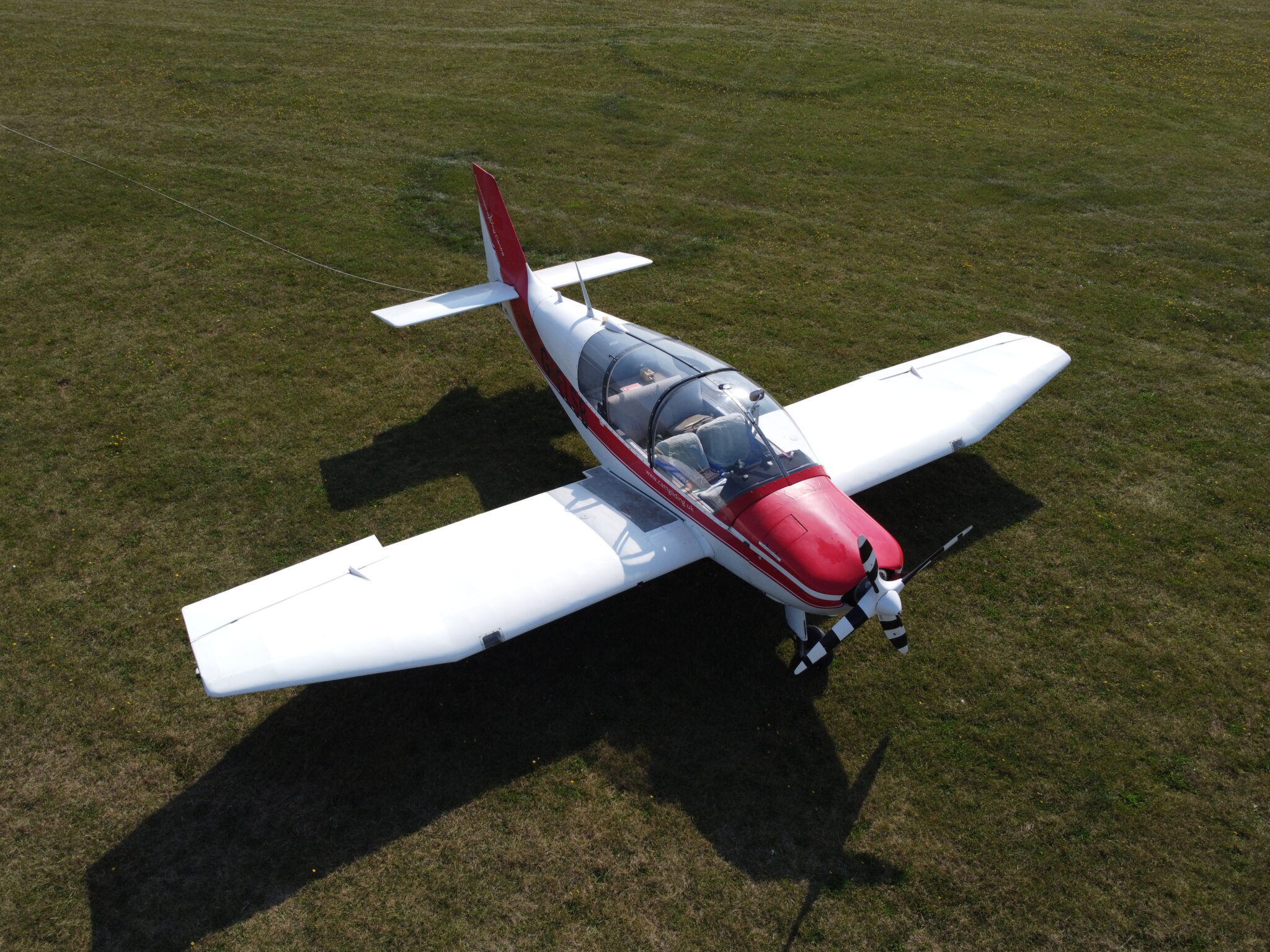
Robin DR400-180R
We utilize two purpose-designed Robin DR400-180R tow planes, affectionately referred to as tugs, for our operations. These aircraft boast excellent aerodynamics and feature a lightweight airframe, enabling a favorable climb rate when towing sailplanes. Additionally, they are equipped with certified enhancements to mitigate noise emissions, helping to minimise disturbance to our neighbouring communities.
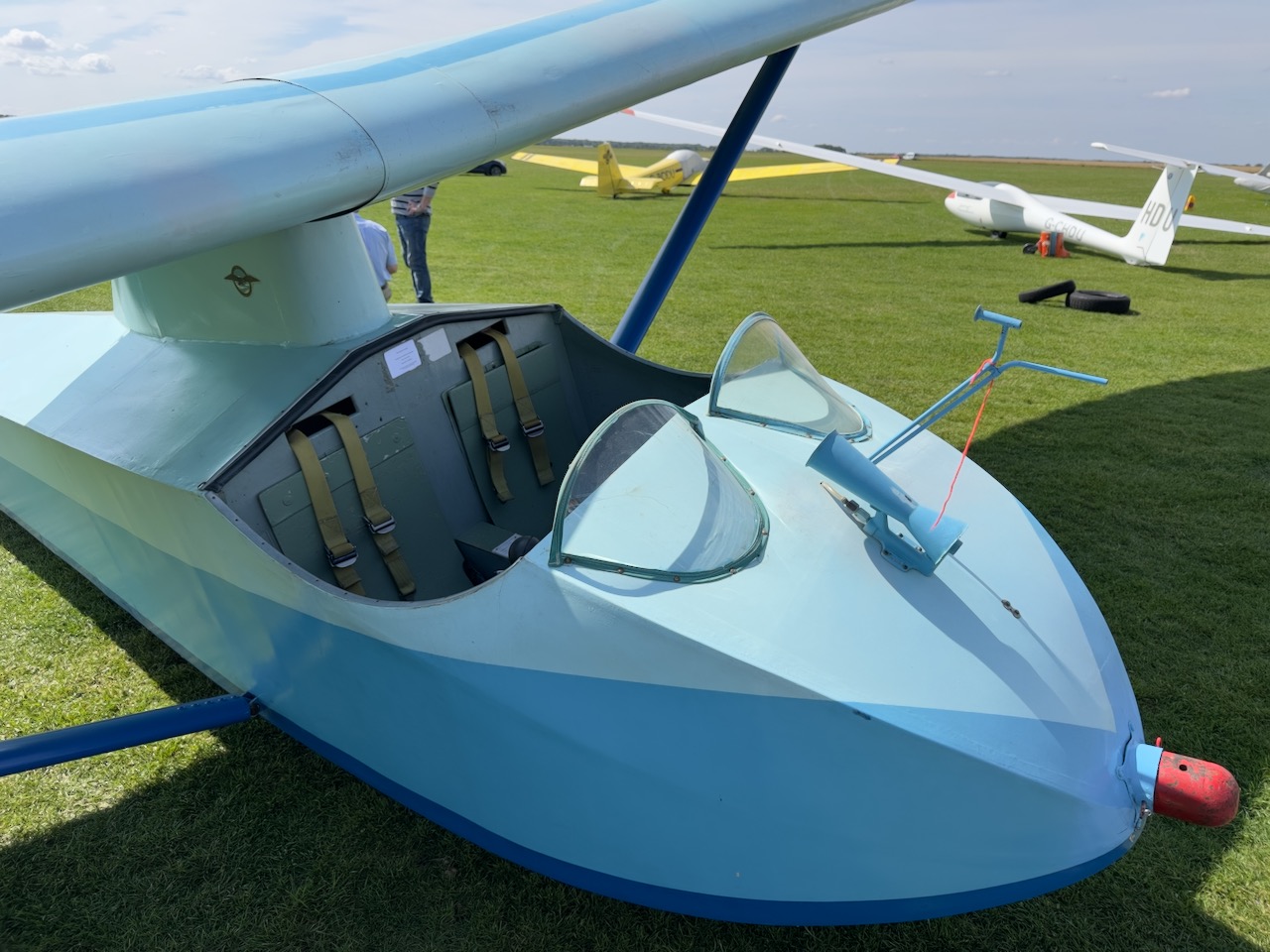
Bluebell – Slingsby T21
Bluebell, our stalwart, served as our primary instructional aircraft for many years, tracing her origins back to 1950 when she was first delivered to the Cambridge University Gliding Club (now Cambridge Gliding Club) at the modest price of £587.0s.0d. Remarkably, she has accumulated nearly 80,000 launches and approximately 10,500 flying hours over her illustrious career.
Following her retirement from training duties, Bluebell experienced periods of minimal or no flying activity. However, after languishing idle for a year or two, she was revived, and a syndicate arrangement was established to cover her annual Certificate of Airworthiness (C of A) which is like an MOT for cars, and insurance expenses.

